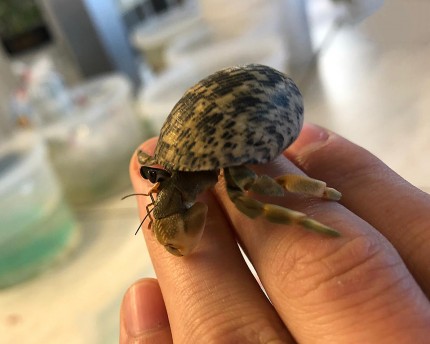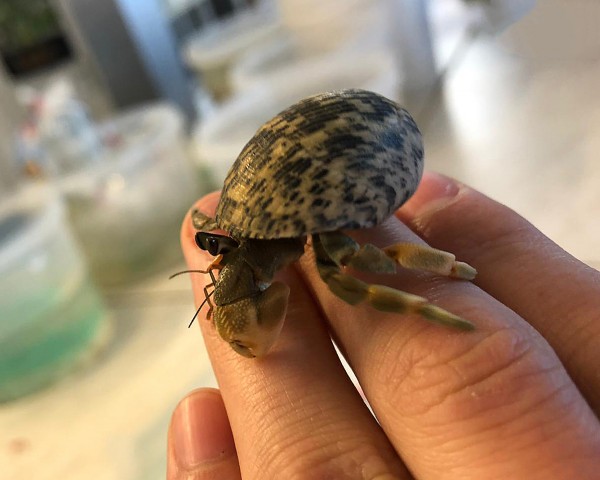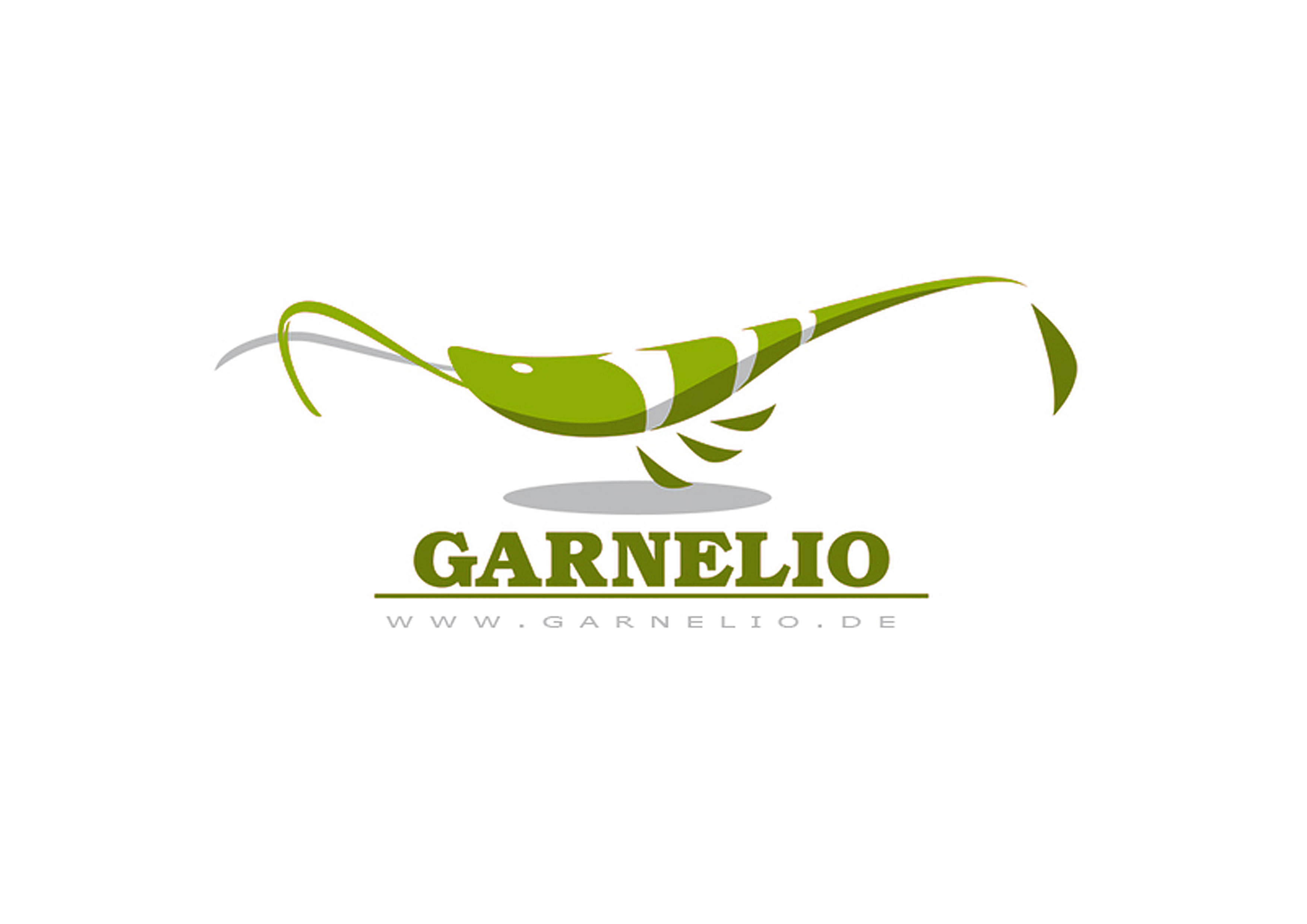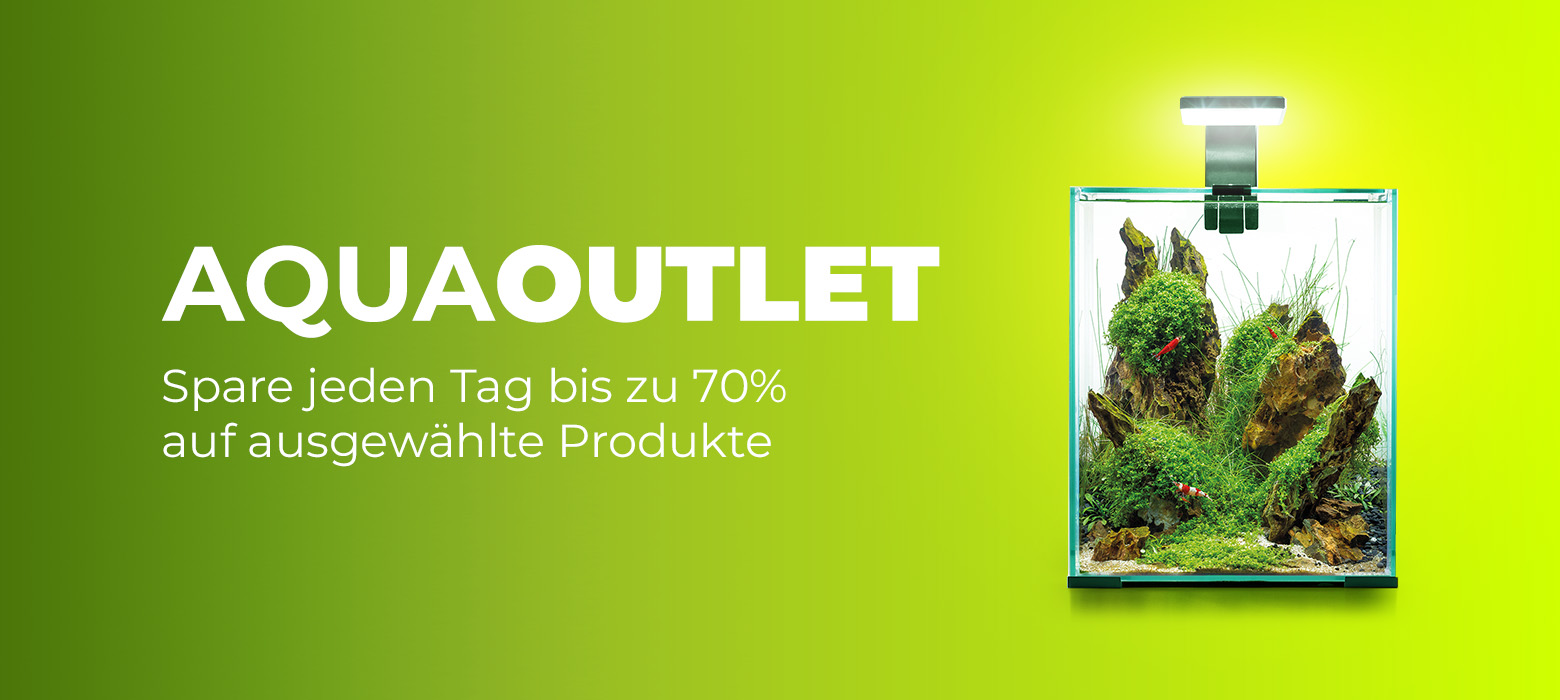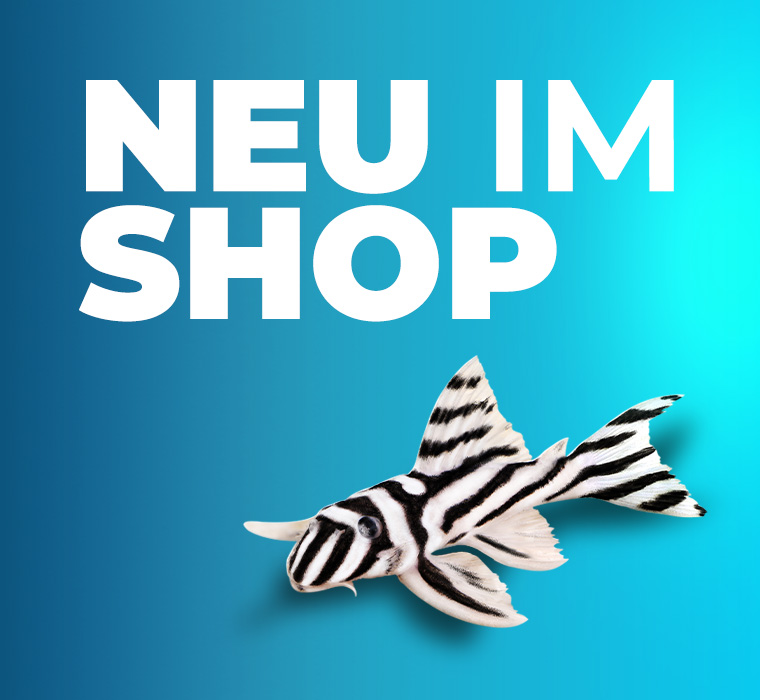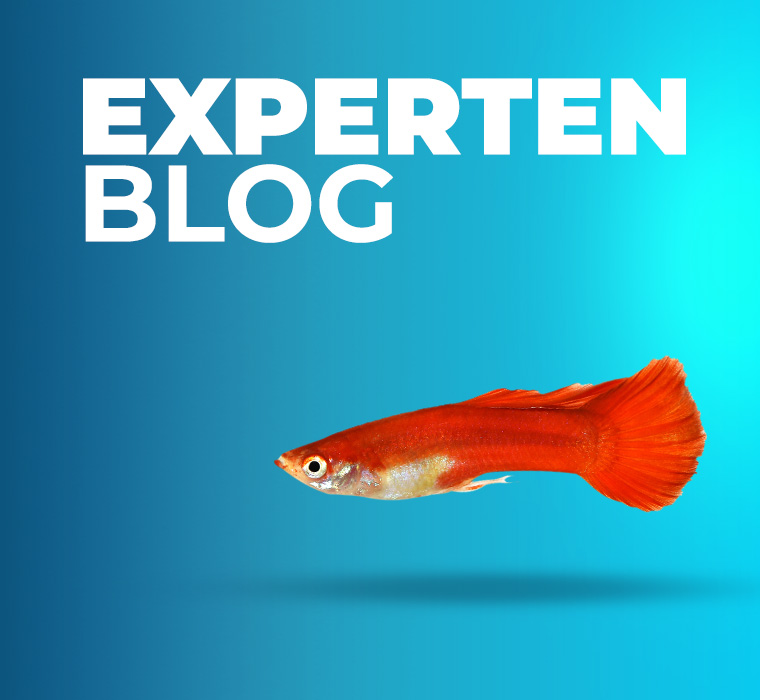- Item no: 10309
Fast delivery times
All products are in stock with us!14 years of breeding experience
Let our team of experts advise you!High customer satisfaction
from over 3,000 reviews "| Water values: | soft to hard |
| Difficulty: | for beginners |
| Propagation: | possible in fresh water |
| Coloring: | orange |
| Origin: | Abroad offspring |
One of the most common land hermit crabs is the Coenobita sp., which only reaches a final size of about 3 centimeters. This makes it ideal for smaller terrariums. Because land hermit crabs have a very soft hind body, they permanently inhabit snail shells with which they preserve their abdomen. Since the animals change the houses from time to time, they should always have some available in the terrarium. It is important that these changing houses, which you can also find in our store, are intact, so that the gills of the small pinchers do not dry out. In addition, there should always be more houses than the number of crayfish, so that the animals do not fight over them.
Land hermit crabs are separately sexual, but this cannot really be distinguished from the outside. Females in particular have a remnant of webbed legs on the left rear side of the body, males lack these. These can be discovered when the crayfish moves from one to the other. Since it holds on to the snail shell with its hind legs, it should not be pulled out by force or held overhead. Land hermit crabs have already been bred in the hobby. The females of the land hermit crab carry a large number of very small eggs on their abdomen inside the snail shell and release larvae, preferably in a vessel containing seawater. These larvae must be transferred to a separate seawater rearing vessel. The larvae are reared in much the same way as those of the Amano shrimp.
The Coenobita sp. is very peaceful and sociable and should therefore not be kept alone in the terrarium. With three to five other mates it feels most comfortable. A terrarium or aquarium converted to a terrarium with an edge length of 40 centimeters or more is well suited for him. As substrate a peat-sand mixture is suitable, or also Kokoshumus, as we have it in our store. From time to time the crayfish dig, so the substrate should be high and moist enough so that the animals can burrow. A bowl with fresh and salt water should always be present in the land hermit terrarium. These should also only be high enough to prevent even the smallest crayfish from completely submerging. You can accommodate them with exit aids. Humidity should be 70-85% and ensured by means of humidifier or nebulizer.
The terrarium can be planted, but it can happen that the crayfish destroy or eat them while crawling and digging, therefore new plants should be pre-cultivated before they are put into the terrarium. Also provide climbing opportunities with tubes, roots and thicker branches.
The omnivorous land hermit crabs feed mainly on vegetable food like vegetables, but also fruit. Here it is essential to pay attention to unsprayed goods. They also need a good source of calcium, which can be provided with cuttlebone or crushed eggshells. The crayfish also like to eat raw fish or frozen food. However, food remains should always be removed from the terrarium promptly, so that no rot forms or the animals get sick. White is opods and springtails have proven themselves as cleaning troops in the terrarium.
Our recommendation: Use NatureHolic InVitros for planting. These are free of snails, planaria and other unwanted co-inhabitants. Also free of algae spores, bacteria and fungi.
Expert Tip: We recommend the NatureHolic 3 Phase Liquid when keeping invertebrates. The care set offers the best all-round protection for your invertebrates. It ensures optimal conditions for successful breeding and keeping.
| Scientific name: | Coenobita sp. |
| German name: | Smallest land hermit crab |
| Origin/ Distribution: | Indo-Pacific |
| Difficulty level: | for informed beginners and advanced fishers |
| Coloration: | gray-brown |
| Age expectancy: | unknown |
| Terrarium size: | 40 centimeters or more edge length for a group of 3-5 animals, two water parts (freshwater and seawater) in shallow bowls with exit aid |
| Food: | brown autumn leaves, frozen food, freeze-dried insects and crustaceans, fish meat, vegetables, green food, fruit |
| Propagation: | Land hermits have already been bred in the hobby, complicated. Females release larvae that must be reared separately in a marine tank |
| Behavior: | very peaceful, very social group animal |
| Socialization: | with other land hermit crabs |
| Additional information | Invertebrates on and near the beach in Khao Lak, Foliage for the aquarium + foliage list, Successfully maintaining mosses in the aquarium and terrarium |
- Item no: 10309
Entdecke die Garnelio Welt!
Garnelio gehört zu den größten Onlineshops für wirbellose Aquarientiere weltweit.
Viele Artikel gibt es exklusiv nur bei uns im Shop.

